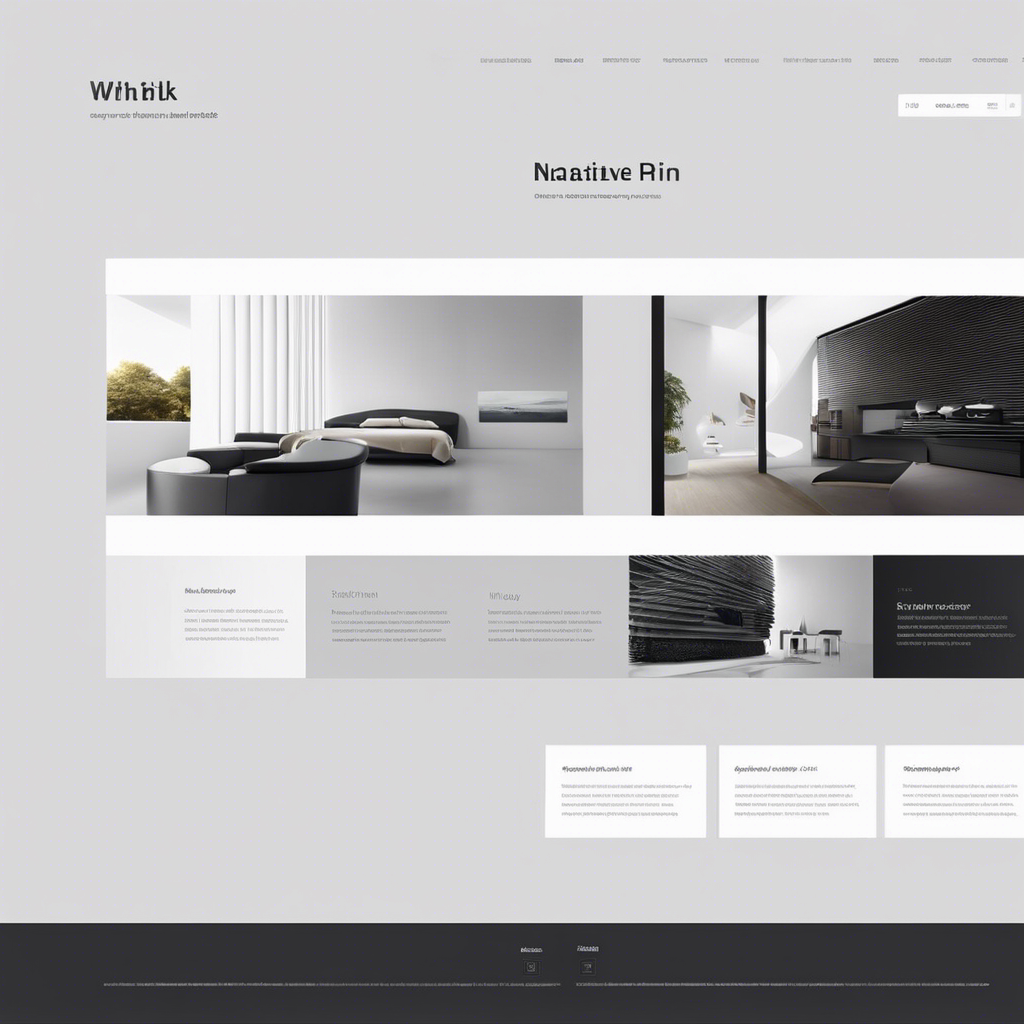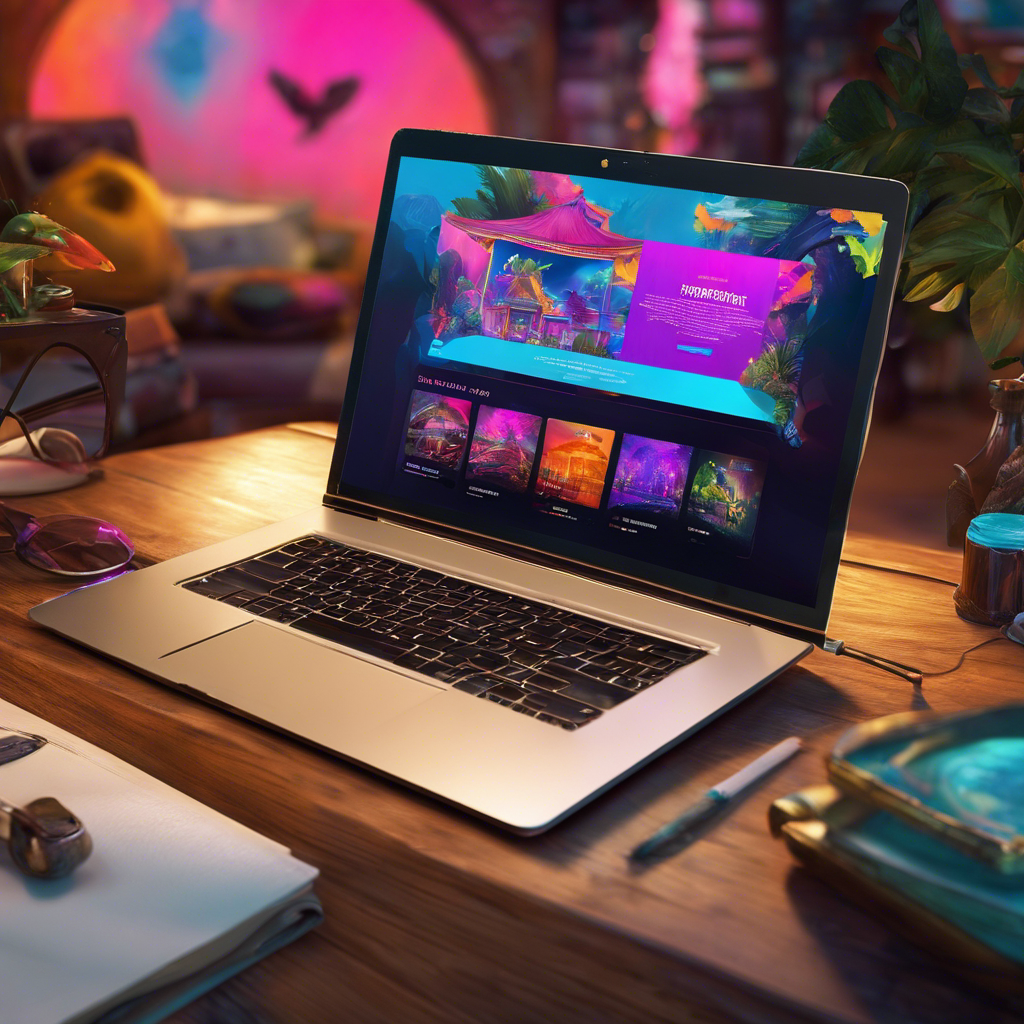Are you skeptical about how long it takes to learn web design on your own? Rest assured, with the right dedication and resources, you can acquire the necessary skills to create your own websites.
While the exact timeframe may vary based on your prior knowledge and the amount of time you can commit, it is possible to start grasping the basics of web design within a few weeks or months. By taking advantage of the numerous free online tutorials and courses available, you can begin your learning journey and gradually become proficient in web design.
However, keep in mind that mastering this constantly evolving field may require several months to a year of consistent practice and staying up-to-date with new technologies and trends.
Key Takeaways
- The timeframe for learning web design on your own can vary based on prior knowledge and time commitment.
- Consistent practice and staying up-to-date with new technologies and trends may take several months to a year to master.
- Dedication and access to resources are key factors in the learning process.
- Taking advantage of free online tutorials and courses can help accelerate the learning journey.
Choosing the Right Web Design Tools
When choosing the right web design tools, you want to consider your specific needs and goals. Successful web design requires an understanding of user experience (UX) design, so it’s crucial to choose tools that support this.
If you aspire to become a web designer or pursue a career in web development, investing time in learning web design tools is essential. One popular option is using a website builder like Weebly, Wix, Squarespace, Shopify, or WordPress. These platforms offer drag-and-drop features and templates, making it easier to create visually appealing websites. Elementor, in particular, stands out for its user-friendly interface and affordability.
To enhance your learning experience, explore resources such as web design blogs, YouTubers, podcasts, and books.
Consuming Relevant Content
To effectively learn web design by yourself, start by consuming relevant content through various resources.
There are numerous online courses, blogs, YouTube channels, and books dedicated to web development and User Experience Design that can provide valuable insights and knowledge.
Engage with free web design courses to gain a foundational understanding of coding and design principles.
Additionally, explore comprehensive reviews and comparisons of popular website builders like Weebly, Wix, Squarespace, Shopify, and WordPress.
Understanding the features and benefits of platforms like WordPress + Elementor and other WordPress builders such as Beaver Builder and Divi is crucial for aspiring web designers.
Practicing Web Design Skills
To become proficient in web design by yourself, you’ll need to consistently practice with real-world projects. This is one of the first steps in learning web design and is crucial for honing your skills.
By working on actual projects, you’ll gain hands-on experience and learn how to apply different design principles and techniques. Start by using website builders like Weebly, Wix, or WordPress to streamline the process. Familiarize yourself with these platforms and understand their features and functionalities.
As you progress, challenge yourself by rebuilding websites for businesses with poor websites or within your specific niche. This will help you refine your skills and improve your ability to create visually appealing and functional websites.
Building a Strong Portfolio
By consistently practicing and honing your web design skills, you can build a strong portfolio that showcases your expertise and attracts potential clients and employers. A strong portfolio is essential for self-taught web designers to demonstrate their abilities and stand out in a competitive industry.
When building your portfolio, focus on including a diverse range of projects that highlight your skills in areas such as front-end development, user interface design, and commonly used marketing strategies. It’s important to prioritize quality over quantity, ensuring that each project in your portfolio is well-executed and demonstrates your understanding of key web design principles.
Additionally, staying updated with industry trends and incorporating the latest techniques into your portfolio can help boost your credibility as a web designer.
Taking Action and Starting Your Web Design Journey
Start by immersing yourself in the world of web design and taking action towards starting your web design journey.
To learn web design by yourself, it may take a little bit of time and effort, but the exact duration will vary based on your dedication and learning pace.
Begin by exploring website builders like Weebly, Wix, Squarespace, Shopify, and WordPress, as these are great starting points for beginners.
Familiarize yourself with WordPress + Elementor, a highly recommended tool for web design.
Utilize free resources such as web design blogs, YouTubers, podcasts, and books to gain knowledge about your chosen website builder.
Additionally, consider offering your web design services for free or at a discount to gain experience and build your portfolio.
Frequently Asked Questions
Is It Possible to Learn Web Design on Your Own?
You can definitely learn web design on your own. Effective online resources, like Codecademy and freeCodeCamp, can provide a comprehensive coding education. Balancing self-learning with practical experience is key for success.
Can Web Design Be Self-Taught?
You can self-teach web design, but it takes time and effort. Pros: flexibility, free resources. Cons: lack of structure, job requirements. Effective online resources: blogs, YouTube, podcasts, books. Strategies: practice, stay motivated. Challenges: skill development, portfolio building. Consider formal education for proficiency.
Can I Learn Web Design in 2 Months?
You can learn web design in 2 months if you focus on essential skills, use effective self-learning strategies, and leverage recommended resources. Building a portfolio and finding freelance opportunities may be challenging, but achievable. Overcoming imposter syndrome is important.
How Long Does It Take to Become a Self-Taught Web Developer?
It takes time and dedication to become a self-taught web developer. Self-paced learning techniques, recommended online resources, and building a portfolio are key. Challenges arise, but staying motivated and seeking networking opportunities can help. Realistic career prospects await.




